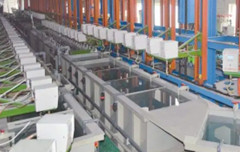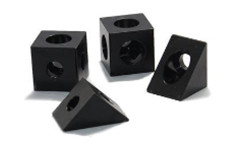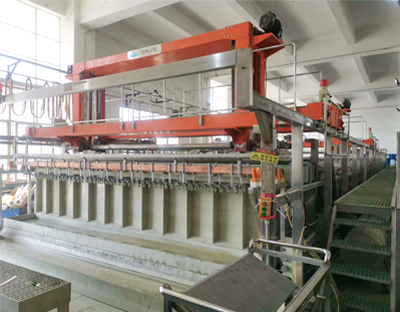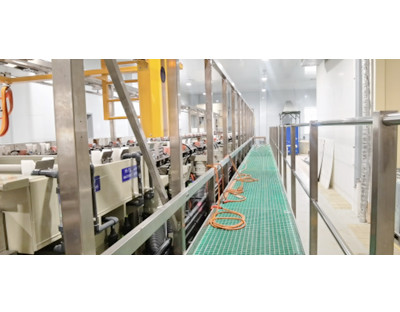In this era, whether it is cabinet hardware or bathroom hardware, etc., are undergoing the “green” test. Although home hardware components are behind the scenes, they are widely used in modern furniture, and people are in close contact with them almost every day. Only environmental protection hardware components can ensure that food and tableware in cabinets and wardrobes are not contaminated. In the surface treatment process of such hardware products, the most important thing is the electroplating production process. Each hardware company has different electroplating. Compared with “cyanide electroplating”, why is “cyanide-free electroplating” more environmentally friendly?
Cyanide-free Plating VS Cyanide Plating
Cyanide electroplating: Sodium cyanide is used in the process of cyanide electroplating, and sodium cyanide itself is a toxic and dangerous chemical. Moreover, in the process of transportation and use of sodium cyanide, there are potential risks, and improper use can easily lead to environmental damage and human injury. Therefore, cyanide-free electroplating is a truly environmentally friendly electroplating method.
Cyanide-free electroplating: The surface treatment process adopts cyanide-free electroplating, which is the current advanced electroplating process. The first is non-toxic and environmentally friendly, and the second is powerful performance. Cyanide-free electroplating can better ensure the environmental protection and greenness of household hardware components.
At present, the state has also explicitly prohibited the use of sodium cyanide in the electroplating process of guide rails. Although the use of cyanide electroplating has not yet been explicitly prohibited in hinges, many enterprises still use cyanide electroplating, but cyanide-free electroplating is undoubtedly a hardware electroplating process of the trend.
The superior performance of cyanide-free electroplating
Now there are the following international standards to judge the performance of electroplating process, they are Chinese national standard GB/T2189-2013, GB/T2454-2013; European EN15570, EN15571; USA, Canada ANSI/BHMA, ANSI/KCMA and Australia Standards such as AS/NE3718.
Among them, the Chinese national standard requires that hardware accessories only need to pass the 48-hour neutral salt spray test to be classified as qualified products, and 48 hours of neutral salt spray is also a basic threshold for qualified electroplating products in the industry. In comparison, the European Union and other countries standards are higher.







 Dec. 18, 2019
Dec. 18, 2019 




